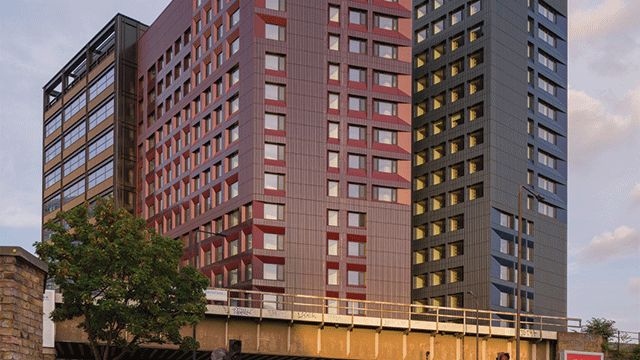 This week in Estates Gazette, the authors of 2014’s Alienation Protocol unveil their latest work – the Alterations Protocol.
This week in Estates Gazette, the authors of 2014’s Alienation Protocol unveil their latest work – the Alterations Protocol.
To give it its full name, the Protocol for Applications for Consent to Carry Out Alterations joins the earlier production as a free resource for the property profession from Guy Fetherstonhaugh QC and Jonathan Karas QC, of Falcon Chambers, and Nicholas Cheffings and Mathew Ditchburn, partners in Hogan Lovells International.
Writing for Estates Gazette, Fetherstonhaugh said: “Like our first protocol, we hope that the Alterations Protocol will be useful to the lawyers and surveyors who practice in this litigious field. It is surely in the interests of all that, if there are arguments to be had over tenants’ applications for consent to carry out alterations, the real issues should swiftly be identified and resolved at minimum cost, avoiding tiresome disputes over process.
“Thus, tenants who follow the protocol will face fewer irritating requests from their exasperated landlords for documents that should have been supplied in the first case; and landlords will not suspect that the tenant is holding back on the real details. Correspondingly, costs will not be run up in the early stages dealing with sheer matters of form.”
Anthony Abrahams, the director general of the Chartered Institute of Arbitrators greeted the introduction of the Alienations Protocol: “The Chartered Institute of Arbitrators welcomes this, the second property protocol designed to assist the swift resolution of disputes in the property sector, avoiding wrangles over process as far as possible, and providing parties with useful direction and advice to focus the issues between them and thus minimise the extent, and cost, of their dispute.
“We are particularly gratified to note that this valuable but free resource steers the parties towards dispute resolution by arbitration, and in particular by an expert appointed by the president of the Chartered Institute of Arbitrators.”
The full Protocol can be found in the Practice & Law section of this week’s magazine (p88, 5 March) or click here to read the article on EGi.
An additional explanatory note and a full guidance note can be obtained at: www.propertyprotocols.co.uk
To send feedback, e-mail jess.harrolds@estatesgazette.com or tweet @jessharrold or @estatesgazette










